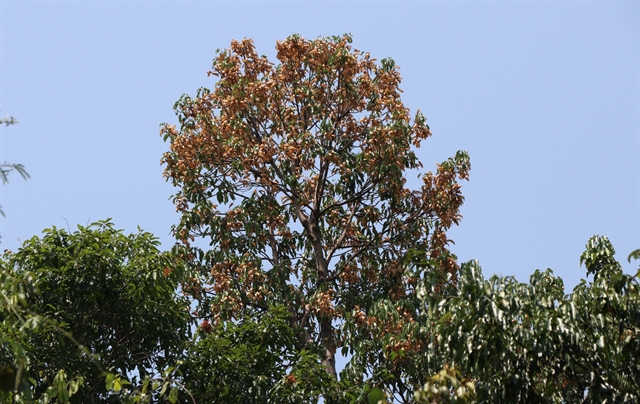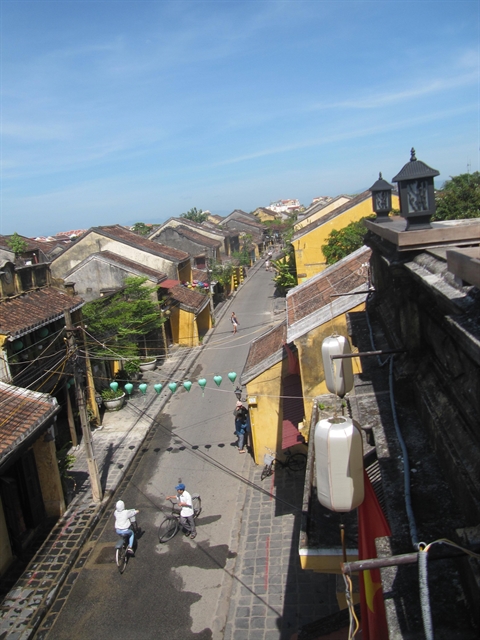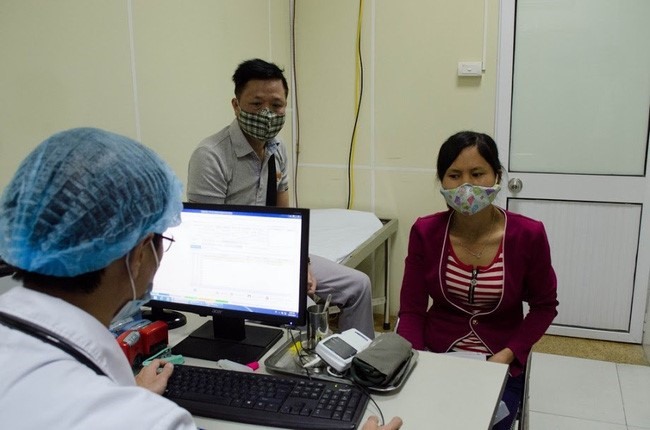 Society
Society

A/H1N1 flu in Gò Quao District in Kiên Giang Province was essentially controlled, with the number of cases decreasing gradually, Nguyễn Xuyên Việt, director of the district medical centre, said.
 |
| Workers are under treatment at the Gò Quao District Hospital for A/H1N1 flu. – Photo news.zing.vn |
KIÊN GIANG — The southern province of Kiên Giang’s Gò Quao District has essentially controlled A/H1N1 flu, with the number of cases decreasing gradually, Nguyễn Xuyên Việt, director of the district medical centre, said.
Last Wednesday, the medical centre was informed that more than 100 workers of the Vinatex Kiên Giang Plant had high temperature and suffered from coughing, runny nose and muscle pain.
The centre, in coordination with the Gò Quao Hospital, examined the patients and determined that more than 100 people were suspected of having the A/H1N1 flu.
Five samples from the patients eventually tested positive for the flu.
Lê Quang Trung, director of the Gò Quao Hospital, said the patients were hospitalised, isolated and were receiving proper treatment.
Currently, they are all in stable condition.
Within a week of the disease making its appearance at the Vinatex Kiên Giang Plant, the district reported a total of 150 cases.
By yesterday, 28 patients were discharged from hospital.
The district medical centre assigned medical workers to educate workers at the plant on the disease to assuage fears. Medical substances were also sprayed to sterilise the affected areas.
Nguyễn Văn Quý, deputy director of the Kiên Giang Preventive Medicine Centre, said the centre was trying to find out the reason for the spread of the disease, but the number of workers was too large, there were close to 1,000, and the speed with which the disease had spread was too quick, so the centre had not been able to determine the cause. — VNS

.jpg)







